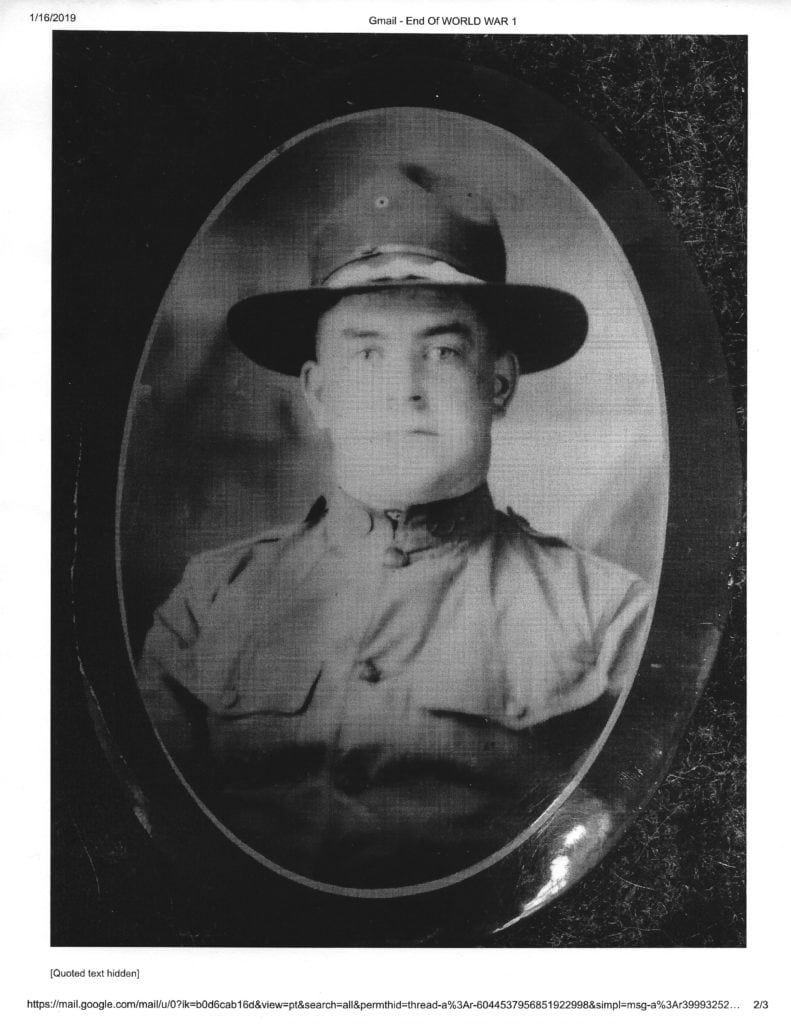My father’s grandparents arrived from Ireland in 1849 and 1852 aboard famine ships. They settled in the coal mining regions of Northeastern Pennsylvania. My father, at age 27, was a third-generation coal miner when he entered the U.S. Army in July 1918. He was sent to Camp Lee in Virginia for basic training. In the fall of 1918, he sailed to Europe aboard a troop ship. This was during the second and most deadly wave of the pandemic. The Centers for Disease Control (CDC) estimated that 195,000 Americans died from the flu in October of 1918.

The CDC believes the pandemic first started in the U.S. at Camp Funston in Fort Riley, Kansas, in April of 1918 and was spread to Europe by U.S. troops. In 1917-18, the U.S. government was mobilizing 5 million troops for the war effort. The first wave of the pandemic was in the spring of 1918. The third wave of the pandemic occurred in the spring of 1919. The pandemic finally ended in 1920. The CDC estimates the total number of fatalities in the U.S. was 675,000, and 500 million people, or nearly one third of the world’s population, were infected. The CDC estimates that at least 50 million people died.
The armistice was signed on November 11. My father returned to the U.S. by troop ship and was discharged in December 1918. The only time I saw my father cry was when he described to me his fellow soldiers dying of the flu. More American soldiers died from the flu than on the battlefield in France.
My father’s seven sisters and five brothers survived the pandemic, including one brother who was wounded by poison gas on the battlefield in France.
My father died at the age of 61. At the time, I was 15. I am now 83 years old.
Photo Courtesy of Ray Carden

